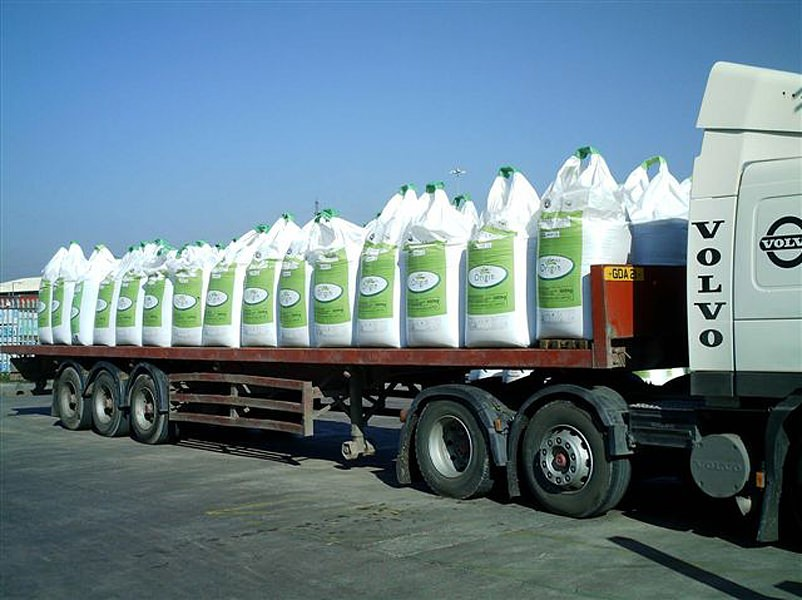Importance of Nutrient Budgeting for Fertiliser Purchasing
13 September 2022With uncertainty surrounding fertiliser markets and fertiliser availability, recent soil analysis, manure analysis and preparation of a nutrient budget in advance of any fertiliser purchases will give you the best chance at achieving value for money with fertiliser applications.
In many areas we have seen bumper crops of silage; great for the stocks of fodder over winter but remember that this additional yield will have taken more P&K from the soil which will need to be replaced to maintain soil indices at the recommended moderate levels and to avoid compromising future crop yields. If you know the yield of crop removed the required P&K to replace offtakes can be calculated, but a soil sample will also give an accurate measure of how much is needed. On most dairy farms, slurry will provide all of the P&K requirement, unless soil indices are low. Table 1 below shows the typical N, P & K requirements for a 3-cut system.
Table 1. Nutrient requirements for a 3-cut grass silage system.
| N | P | K | SO3 | |
|---|---|---|---|---|
| 1st Cut | 120 | 30 | 120(90) | 40 |
| 2nd Cut | 90 | 20 | 72 | 40 |
| 3rd Cut | 70 | 15 | 54 | 40 |
| 280 | 65 | 126 | 120 |
Last year fertiliser availability was very restricted and, in many cases, the product purchased was what was available on the day and not necessarily what was most suitable. The tables below compare buying CAN + S (table 2) with 34.5% ammonium nitrate (table 3).
Table 2. Cost of CAN+S for a 3-cut silage system taking into account nutrients applied from slurry.

Table 3. Cost of AN for a 3-cut silage system taking into account nutrients applied from slurry.

In both cases, P&K is oversupplied from slurry applications alone. The CAN product is cheaper per tonne, but the higher application rates lead to a higher cost per ha over the 3 cuts. While AN is cheaper per ha, it supplies no sulphur to the crop, which is critical for protein quality of silage. Therefore, the extra cost of CAN can be justified by higher protein levels in silage, which will require less protein supplementation in the ration.
Before ordering fertiliser consider:
- Cash flow and storage space will have a large bearing on when you purchase fertiliser, but it will be worth checking in on prices more frequently as we see a more volatile market. It is also likely that due to this volatility, prices are unstable and can be withdrawn at short notice so be prepared with the grade of fertiliser you need and quantities so that you don’t miss out and you get what you need.
- Organic manures are a valuable source of P&K. A slurry analysis will allow you to take a true account of how much you are applying before buying additional P&K.
- Urea needs significant rainfall after application to prevent ammonia losses to the atmosphere and resulting yield losses. Urease inhibitors will help reduce these losses but will add to the cost per tonne.
- Ensure soil pH levels are optimum and fields justify an application of nitrogen. At pH 5.5 23% of N applied will not be used by the crop. At an application rate of 125kg/ha and urea at £800/t this represents a loss of £23/ha or £9/acre.
Fertiliser prices are driven by the gas price and there appears to be no indication of an imminent drop in the gas price to reduce the manufacturing cost of fertiliser. Best advice would be to spread the risk according to your cashflow but ultimately ensure you are buying the right products for your crops and soils.
Lorna Galloway, Senior Agricultural Consultant
Sign up to the FAS newsletter
Receive updates on news, events and publications from Scotland’s Farm Advisory Service

